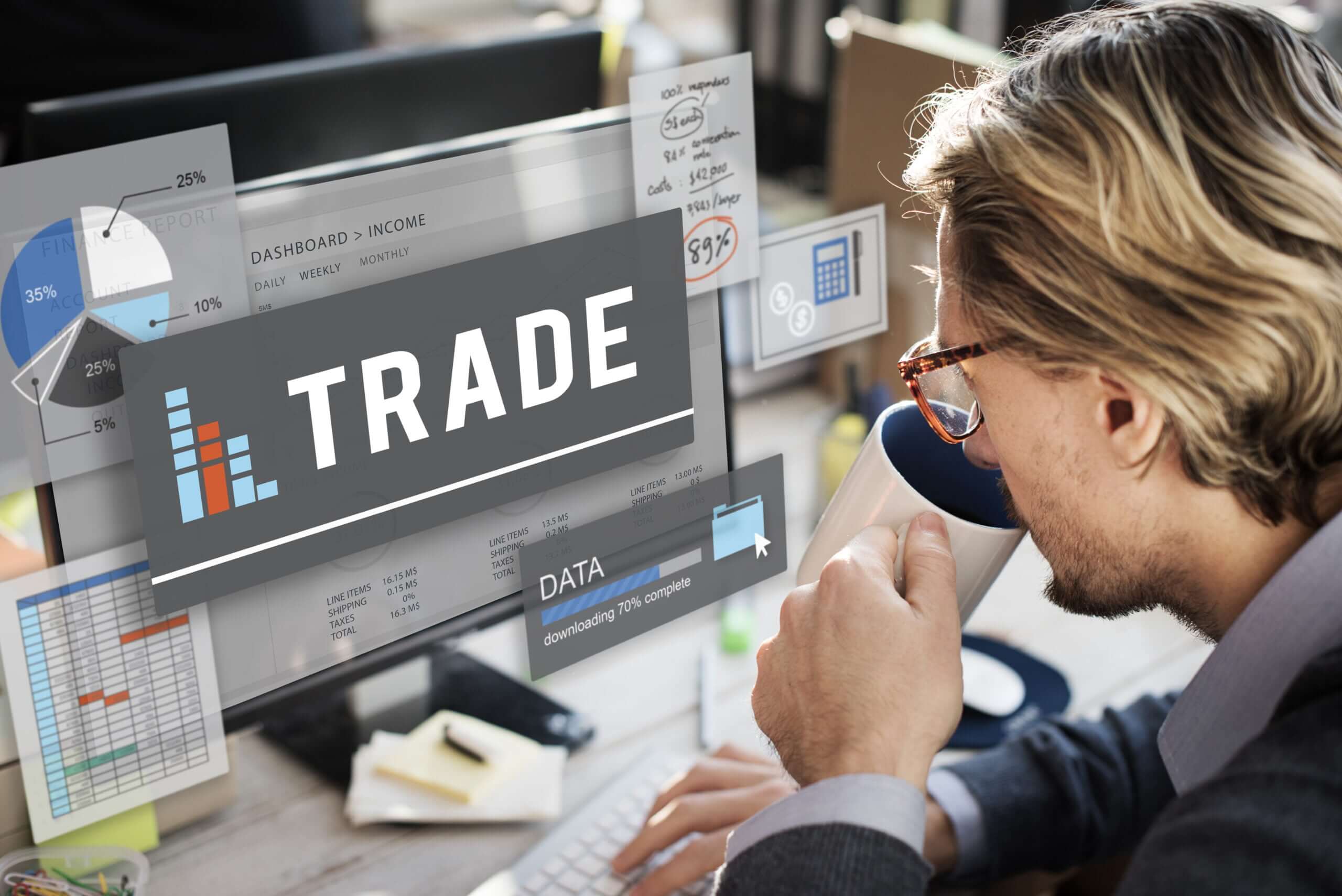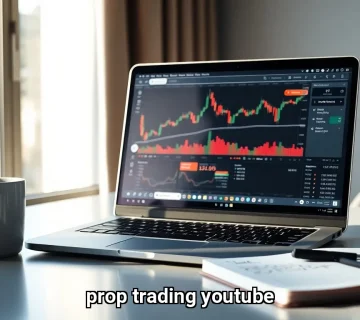Venturing into the dynamic realm of prop trading feels like balancing on a tightrope—exhilarating yet laden with risks. As markets grow intricate and technology surges, prop trading regulation worldwide enforces rules to ensure stability and compliance. For traders and firms, mastering prop trading regulation is crucial to sidestep legal hurdles and maintain a competitive edge, with platforms like Propx Pro guiding the way. From stringent laws on capital use to robust risk management guidelines, the regulatory landscape evolves rapidly. Whether you’re a veteran or novice in prop trading, understanding these prop trading regulation standards, supported by Propx Pro’s compliance tools, empowers you to align strategies with current rules, thriving in a market that demands agility and adherence.
Prop Trading Regulation
The landscape of proprietary trading, commonly known as prop trading, has experienced significant regulatory scrutiny over recent years. As financial markets evolve and the involvement of retail and amateur traders increases, regulatory bodies worldwide are implementing stricter prop trading rules to ensure market stability, protect investors, and prevent excessive risk-taking. Understanding prop trading regulation is essential for traders, firms, and investors aiming to navigate this complex environment while remaining compliant.

What Is Prop Trading and Why Is Regulation Necessary?
Prop trading involves financial firms using their own capital to execute trades across various markets, including equities, forex, commodities, and derivatives. Unlike client-focused trading, prop traders aim to generate profits directly for the firm, often engaging in speculative strategies that can carry high risks. Given the potential for significant financial gains—and equally substantial losses—regulators are keen to oversee and control these activities.
The importance of prop trading regulation stems from concerns over financial stability, market integrity, and investor protection. Past financial crises, notably the 2008 collapse, highlighted how risky proprietary trading could threaten the broader economy. As a result, regulatory frameworks aim to curb excessive speculation, enforce transparency, and ensure that prop trading activities do not escalate systemic risks.
Global Regulatory Developments in Prop Trading
European Regulatory Environment
In early 2024, the European Securities and Markets Authority (ESMA) intensified its focus on prop trading with a Common Supervisory Action aimed at assessing pre-trade controls (PTCs) used by EU investment firms employing algorithmic trading techniques. This initiative underscores the European Union’s commitment to tightening prop trading rules, especially concerning high-frequency and algorithmic strategies that can amplify market volatility.
Moreover, individual countries like Italy have issued warnings regarding online prop trading offers, emphasizing the risks associated with simulated trading activities promoted as skill tests or entertainment. Italy’s Consob cautioned investors against deceptive practices that mimic online trading games, highlighting the need for clearer prop trading rules to protect retail investors from fraudulent schemes.
North American Regulations
In the United States, the Volcker Rule, part of the Dodd-Frank Act, remains the cornerstone of prop trading regulation. It restricts commercial banks from engaging in proprietary trading activities that could pose risks to the financial system. The rule prohibits banks from short-term trading of securities, derivatives, and commodity futures for their own accounts, aiming to prevent speculative practices that contributed to the 2008 crisis.
While the Volcker Rule is primarily targeted at banking institutions, its principles influence regulations globally. The rule also requires banks to establish compliance programs, conduct regular reporting, and separate proprietary trading from client services, aligning with broader prop trading rules designed to enhance transparency and risk management.
International Perspectives and Regulatory Trends
Beyond the US and Europe, regulators in other jurisdictions are reviewing their policies on prop trading. Preliminary studies involve data collection, consultations, and discussions about licensing requirements under frameworks like MiFID II in the EU or local securities laws elsewhere. Although many of these measures are still in development, the trend indicates increased oversight to curb risky speculative activities and foster safer trading environments.
One of the pressing issues is how regulation impacts smaller and medium-sized prop trading firms. As Eoghan Hartigan from Bovill Newgate notes, new capital requirements and compliance obligations have strained smaller firms, potentially reducing competition and innovation within the industry. Similarly, some industry associations argue that overly burdensome prop trading rules might hinder legitimate trading strategies and market liquidity.

Prop Trading Rules and Compliance Guidelines
Core Principles of Prop Trading Rules
Prop trading rules generally focus on several key areas: Risk Management, Transparency and Reporting, Capital Adequacy, and Trader Qualification and Supervision. Firms must implement robust risk controls, including daily loss limits, maximum drawdowns, and leverage restrictions. For example, in some proprietary trading programs, traders are limited to a daily loss of 5% and a maximum drawdown of 10%, ensuring they do not expose the firm to undue risk. Regulatory frameworks require detailed reporting of trading activities, position sizes, and compliance checks. This transparency helps regulators monitor systemic risks and enforce rules effectively.
Additionally, many jurisdictions have introduced capital requirements for prop trading firms, compelling them to hold sufficient capital buffers proportional to their trading activities to absorb potential losses. Regulations often mandate that traders undergo specific assessments or certifications, and firms must maintain supervision mechanisms to oversee trading strategies and ensure compliance.
Specific Regulations: The Volcker Rule and Beyond
The Volcker Rule’s proprietary trading restrictions exemplify the strictest form of prop trading regulation, especially for banking institutions. It enforces prohibitions against speculative trading that could threaten the bank’s safety and soundness. Banks are also required to certify their compliance annually and maintain separate trading desks to prevent conflicts of interest.
Although the Volcker Rule primarily targets banks, many non-bank firms, such as hedge funds and independent prop trading firms, operate under different or emerging regulations worldwide. These firms often seek licensing or authorization under frameworks like MiFID II, which set standards for market conduct, transparency, and risk controls. Adhering to prop trading regulation and prop trading rules is essential for legal compliance and to avoid penalties.
Practical Tips for Compliance
For firms and traders, understanding and adhering to prop trading rules is crucial. Developing a comprehensive compliance program that includes regular staff training, documentation, and internal audits is essential. Implementing technological controls such as pre-trade risk checks, automated limit enforcement, and audit trails can ensure adherence to trading limits. Maintaining clear policies on leverage, position limits, and risk exposure, aligning with local regulations, is vital.
Staying informed about evolving regulations is equally important, as authorities may update rules or introduce new requirements. Engaging with compliance experts like Propx Pro can provide valuable guidance and ensure adherence to the latest prop trading regulation and prop trading rules.




No comment